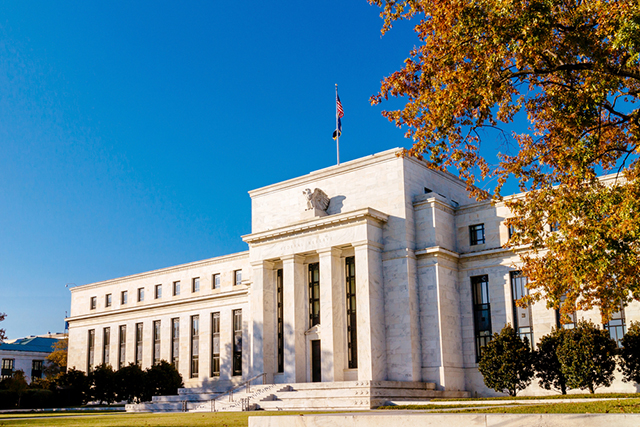
Last week, the Democrats received an unexpected gift from the Federal Reserve Board. Lael Brainard, a member of the Fed’s Board of Governors, gave a speech in which she questioned the need for the Fed to raise interest rates. Brainard pointed out the asymmetric risks in the current situation, where a pre-mature rise in interest rates could lead to slowing growth and reduced employment. By contrast, there is almost no risk that delaying a rate hike will lead to serious problems with inflation, since the inflation rate has long been well below the Fed’s 2.0 percent target.
Brainard’s comments are enormously important for the future course of the Fed’s interest rate policy. First and most obviously, she is one of the 10 people currently sitting on the Fed’s Open Market Committee (FOMC) that sets interest rates. (Two of the governor positions are currently vacant.) However the Fed has a tradition of trying to move by consensus and it is extremely rare for a governor to dissent. A rate hike became even more unlikely when Daniel Tarullo, another governor, seconded Brainard’s position.
The opposition of two governors, coupled with weaker than expected economic data, make the prospect of a rate hike in the remaining months of 2015 highly unlikely. It is a safe bet that we will not see an interest rate hike at least until the FOMC meets at the end of January.
This is very good news for the Democrats because history has shown a strong relationship between the strength of the economy in an election year and the prospects for the incumbent party. If the economy is growing at a reasonably healthy pace in 2016, and people are getting jobs, then the Democrats have a good chance of hanging on to the White House. On the other hand, if the economy begins to stagnate, and job growth slows, the Republican presidential candidate will likely be occupying the Oval Office.
The Fed’s interest rate decisions can play a central role in this story. Most immediately the Fed will be raising the interest rate that banks charge each other on overnight reserves. This only directly affects the banks, but when this rate increases, we are likely to see higher interest rates rise across the board, including interest rates on home mortgages, car loans and credit card debt. When these rates rise we are likely to see less demand in many key sectors, slowing growth and job creation.
We have seen this story before, most recently in 1994 when the Fed began to raise interest rates because it was concerned that the unemployment rate was getting too low and the labor market was getting too strong. In that year events pretty much followed the textbook. Housing construction was most effected, falling by 8.1 percent from the second quarter of 1994 to 1995. Largely due to the slowdown in housing construction, the economy grew at just a 1.4 percent annual rate in the first half of 1995.
Slower growth gave the Fed its desired weakening of the labor market. In the first four months of 1994 the economy added an average of 320,000 jobs a month. In the four months from April to July of 1995 job growth averaged just 120,000 a month. The unemployment rate, which had been dropping rapidly, actually rose by 0.2 percentage points in the second quarter of 1995 compared with the first quarter.
If the Fed had started tightening this fall then we would likely be seeing the effects in the form of slower growth somewhere in the middle of next year. In other words, the rate hikes would be hitting the economy just in time to hurt the Democrats’ prospects for the fall election. Now that rate hikes seem out of the question until next year, the timing of their impact is likely outside of the election window.
Of course most of us care about the Fed’s actions much more because of their impact on the economy and the labor market than their impact on the Democrats’ election prospects. And here it looks like Brainard very much made the right call. The data that has been released since her speech shows there is no evidence of inflationary pressure to be found anywhere. In fact at the wholesale level, most price indices are declining.
The latest data also show retail sales weakening and Walmart, the country’s largest retailer, expects sales to lag through the rest of the year. Recent data from the Fed shows manufacturing output continuing to trend downward.
These are not the conditions that would typically warrant a rate hike. If we got a reprieve at least through January, that is a very good thing.
4 Days Left: All gifts to Truthout now matched!
From now until the end of the year, all donations to Truthout will be matched dollar for dollar! Thanks to a generous supporter, your one-time gift today will be matched immediately. As well, your monthly donation will be matched for the whole first year, doubling your impact.
We have just 4 days left to reach our goals: raising $65,000 in one-time gifts and adding 1000 new monthly donors.
This matching gift comes at a critical time. Trump has made it no secret that he is planning a demolition-style attack on both specific communities and democracy as a whole, beginning on his first day in office.
Help us prepare for Trump’s Day One, and have your donation matched today!